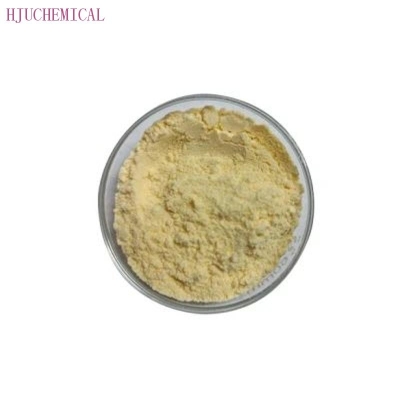-
Categories
-
Pharmaceutical Intermediates
-
Active Pharmaceutical Ingredients
-
Food Additives
- Industrial Coatings
- Agrochemicals
- Dyes and Pigments
- Surfactant
- Flavors and Fragrances
- Chemical Reagents
- Catalyst and Auxiliary
- Natural Products
- Inorganic Chemistry
-
Organic Chemistry
-
Biochemical Engineering
- Analytical Chemistry
- Cosmetic Ingredient
-
Pharmaceutical Intermediates
Promotion
ECHEMI Mall
Wholesale
Weekly Price
Exhibition
News
-
Trade Service
Sodium metasilicate pentahydrate is an important chemical compound that finds widespread use in the chemical industry.
It is a white or slightly yellowish solid that is highly soluble in water.
It is commonly used as a catalyst in the production of polyester fibers, as a neutralizing agent in the production of cellophane, and as a buffering agent in the production of paper.
It is also used in the production of detergents, as a flux in the production of metal alloys, and as a catalyst in the production of PVC.
There are several synthetic routes to producing sodium metasilicate pentahydrate.
The most common method is the reaction of sodium silicate with hydrochloric acid.
This reaction results in the formation of sodium metasilicate nonahydrate, which can be converted to pentahydrate by drying at high temperatures.
Another common method is the reaction of sodium metasilicate with sulfuric acid.
This reaction results in the formation of sodium metasilicate pentahydrate, which can be further purified by washing with water and drying.
Another method of synthesizing sodium metasilicate pentahydrate is the reaction of sodium silicate with glycol.
This reaction results in the formation of a mixture of sodium metasilicate pentahydrate and triethylamine.
The mixture can be separated by filtering and washing the solid residue with water, resulting in the production of pure sodium metasilicate pentahydrate.
Sodium metasilicate pentahydrate can also be synthesized by the action of sodium hydroxide on silicic acid.
This reaction results in the formation of sodium metasilicate pentahydrate, which can be further purified by washing with water and drying.
The synthetic routes to sodium metasilicate pentahydrate vary depending on the desired purity and the intended use of the compound.
For example, the synthesis of sodium metasilicate pentahydrate for use in the production of polyester fibers may require a higher degree of purity than that required for use in the production of detergents.
In conclusion, sodium metasilicate pentahydrate is an important chemical compound that finds widespread use in the chemical industry.
There are several synthetic routes to producing sodium metasilicate pentahydrate, including the reaction of sodium silicate with hydrochloric acid, the reaction of sodium metasilicate with sulfuric acid, the reaction of sodium silicate with glycol, and the action of sodium hydroxide on silicic acid.
The synthetic route chosen depends on the desired purity and intended use of the compound.







